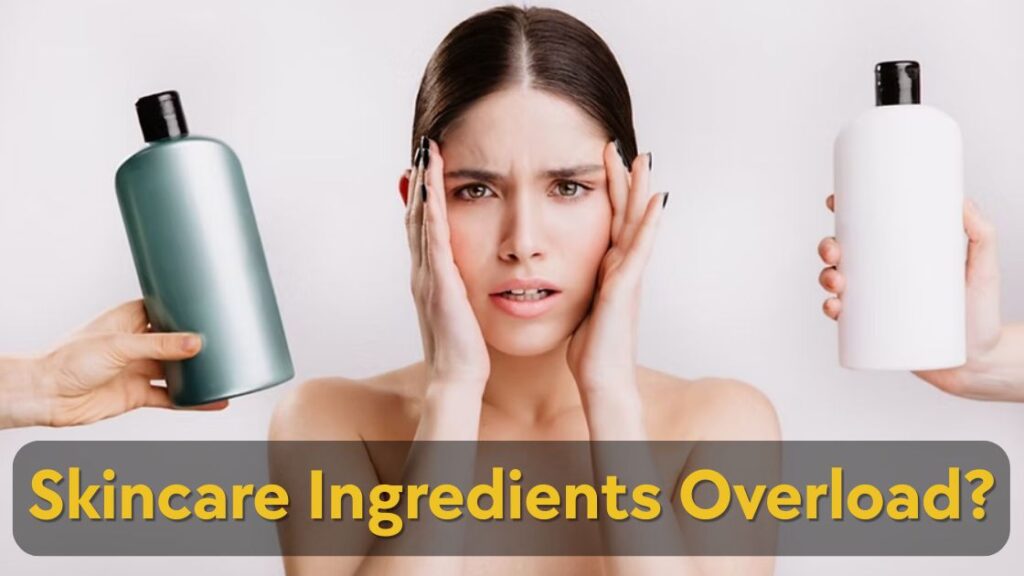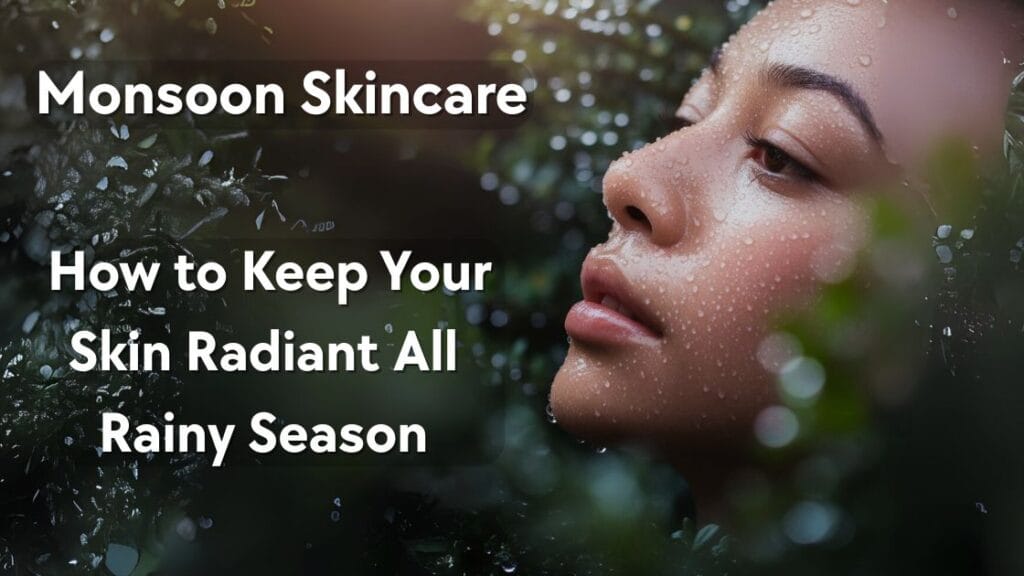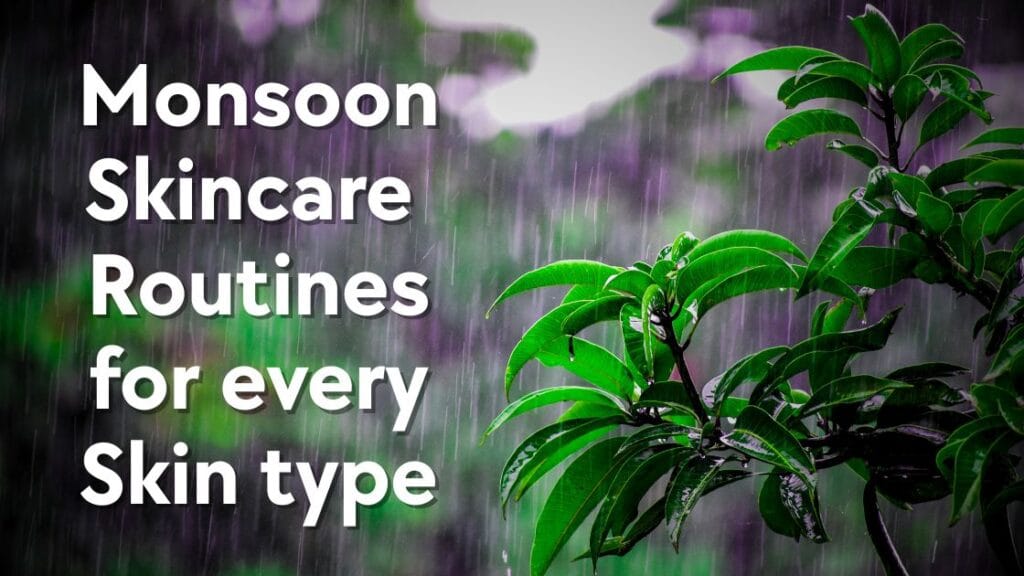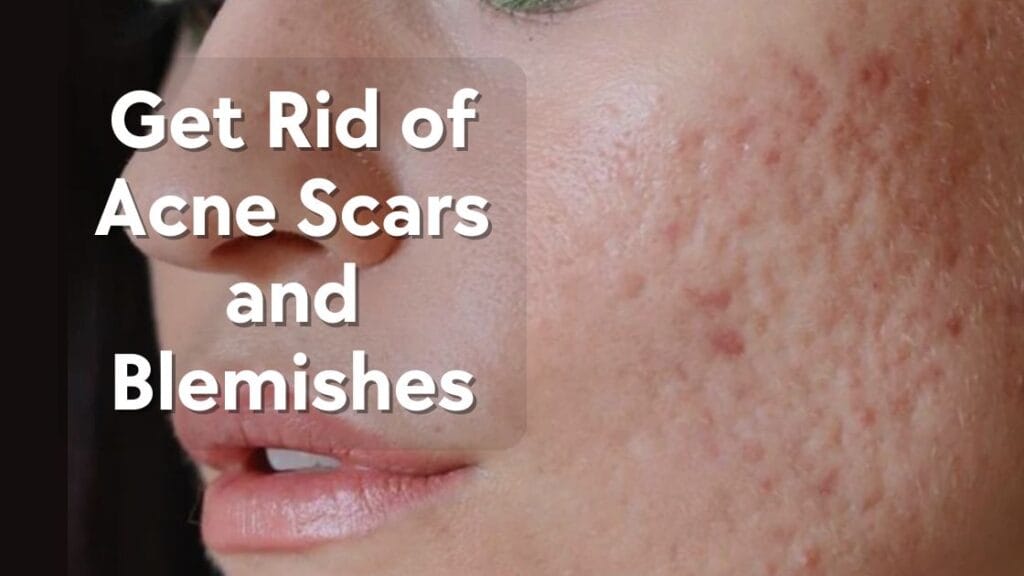I once thought that if one serum made my skin glow, then two would make it glow harder. I stacked vitamin C, retinol, acids, peels, masks, and a whole arsenal of products. Within days, my cheeks began stinging, peeling, and feeling irritated. That’s when I realised: more isn’t better. Sometimes your skin says “no” the loudest when you’re doing too much.
What Is Ingredient Overload?
“Ingredient overload” refers to when skin is exposed to too many active compounds (or too many products) at once, more than it can tolerate. It’s not about having a robust routine; it’s about overwhelming the skin’s barrier and upsetting balance.
It’s piling on multiple strong actives (retinoids, acids, exfoliants, brighteners) or layering conflicting formulas, or using many new products without giving space. Over time, your skin’s barrier gets fatigued.
In a cosmetic dermatology review, frequent application of potent actives is warned to potentially compromise barrier integrity, leading to sensitivity and irritation.
And a provider blog for Curology notes that overuse of skincare (especially AHAs, BHAs, retinoids) can cause dryness, stinging, and redness, signs that your skin has had enough.
So yes, ingredient overload is a real phenomenon, not just a buzzword.
Why Do People Fall Into It?
It’s not simply vanity. A few common traps lead to overload:
- Social media & trend pressure: I’ve lost count of how many “viral routines” promise instant perfection. Teens watch routines with 8–12 activities. A recent study found that average routines in videos contain 11 active ingredients, many of which are potentially irritating.
- “Stack everything for faster results” mindset: We want faster change. We assume more products = faster transformation.
- Ingredient overlap/redundancy: Two products may use the same active (e.g. both have glycolic acid). You might unintentionally double dose.
- Barrier fatigue / prior damage: If your skin is already compromised (weather, overexfoliation, harsh cleansers), its tolerance is lower.
- Poor guidance / DIY mixing: Without a plan or sequence, you toss things together and hope it “balances out.”
I was guilty of all of the above chasing results, ignoring subtle signs, and treating irritation as “just a phase.” Spoiler: it wasn’t a phase, it was overwhelming.
What Ingredient Overload Does to Your Skin
When overload sets in, the consequences can be subtle or dramatic. Here’s what tends to happen.
Barrier Disruption & Elevated TEWL
The skin barrier (lipids, corneocytes, intercellular matrix) is our defence. Too many active treatments can erode that barrier, increasing transepidermal water loss (TEWL). With more water escaping, skin feels tight, flaky, or drier even when you’re using more hydrators.
Inflammation, Redness, Sensitisation
Your skin responds to irritation by activating immune pathways. You may get stinging, burning, patchy redness, or hypersensitive zones. Over time, skin tone becomes uneven, and reactions become easier to trigger.
Conflicting Ingredients & Cancellation
Some actives don’t play well. For instance, combining retinol + strong acids on the same night often leads to irritation, rather than synergy. Some ingredients may destabilise others, reducing efficacy or increasing risk.
Product Buildup and Clogging
When many layers are used, some ingredients don’t absorb fully. They linger, combine with sebum and debris, and can clog pores or “pill” (flake off) when further products are applied.
Loss of Tolerance / Increased Sensitivity
Your skin becomes less tolerant over time. What used to feel fine now stings. You lose your margin of safety.
My Overload Episode: A Personal Fail
Let me share what happened to me. A couple of winters ago, I was determined to “hack” my skin. Morning: vitamin C + niacinamide + light acid exfoliant. Night: retinol + peels + hydrating mask. In the early days, I felt optimistic. But by day ten, my cheeks stung, the skin peeled, and the flaking looked obvious in daylight. My skin was sending red flags.
I went into “reset mode.” For one week, I used only a gentle cleanser, a bland ceramide-rich cream, and regular sunscreen during the day. No activities. No extra serums. I gave skin time to breathe. Then I reintroduced one active at a time, waiting several nights between each addition. It took about 4–6 weeks to stabilise fully.
That break taught me the power of minimalism. I realised that what saves your skin more than “new activities” is consistency and listening.
Signs Your Skin Is Saying “No” (Listen to It)
Here are common symptoms of overload. If you see multiple of these, scale back.
- Stinging, burning, or tingling sensations
- Persistent redness or flushing
- Peeling, flaking, or patches of dryness
- Skin feels tight despite moisturisers
- Increased breakouts or clogged pores
- New sensitivity (formerly gentle product now irritates)
- Products “pilling” or sliding off
- Increased sensitivity to the sun or wind
If you notice that your “gentle” products now cause discomfort, that’s a red flag that the barrier is strained.
How to Untangle Overload: Your Recovery Roadmap
I call this the “Skin Peace Path.” Here’s how you go from chaos → calm.
1. Pause All Actives
Start by suspending all strong actives (exfoliants, retinoids, brighteners). Use only a mild cleanser + basic moisturiser + sunscreen (if daytime). Let the skin re-balance.
2. Use Barrier-Support Ingredients
Focus on repair: ceramides, cholesterol, fatty acids, panthenol, squalane, niacinamide (low %, well tolerated). These help rebuild the intercellular lipid network.
3. Reintroduce One Active at a Time
After the skin feels stable (no burning, redness, etc, for 5–7 nights), you may reintroduce one active (e.g., vitamin C). Give at least a week (some prefer 2–3) before adding another. This helps identify triggers.
4. Respect Buffer / Rest Nights
Even in healthy routines, leave nights without strong activities. On those nights, focus just on hydration and barrier support.
5. Adjust Frequency & Concentration
Use potent actives less often (e.g., 2–3 nights per week), or use lower strengths. Over time, if tolerance improves, frequency may be increased cautiously.
6. Mind the Sequence & Compatibility
Use lighter formulations first (serums), then creams. Don’t layer conflicting ingredients at once. For example, use acids and retinoids on different nights.
7. Track & Journal
Maintain a skin diary: date, products used, what you felt, environment, etc. Over weeks, you’ll see patterns like “acid + windy day = burning.”
8. Patience & Consistency
Recovery isn’t instantaneous. It often takes multiple weeks. Celebrate small wins (less sting, fewer flakes). Avoid rushing back to a “full regimen” too early.
Ingredient Combinations That Commonly Trigger Overload
Here are combos often flagged by dermatologists and skincare experts:
- Retinol + strong acids (especially glycolic, salicylic)
- Vitamin C + acids or retinol in the same application
- Benzoyl peroxide + retinol (can oxidise, increase irritation)
- Multiple exfoliants are used frequently (enzymatic peels + acid + scrubs)
- Actives combined with strong prescription treatments without supervision
Avoid these in a single session. If you really want them all, space them across nights or time slots.
FAQs (People Also Ask style)
1. Can overusing skincare products really damage my skin?
Yes, overuse of actives or stacking many ingredients can disrupt the barrier, cause irritation, sensitivity, and flare reactions.
2. Why does a once-gentle product suddenly sting my skin?
Likely because your barrier is weakened or overloaded, your skin’s tolerance has shifted.
3. How many products are too many in a routine?
There’s no magic number. But if you’re using 8–10 actives daily, or layering many potent formulas, you risk overload. Some routines average 11 active.
4. How long does it take to recover from ingredient overload?
It varies. Some people see relief in 7–10 days of simplifying. Full recovery (normalised barrier) may take 3–6 weeks (or more).
5. Can I still use actives during recovery if I go slowly?
Yes, but only one at a time and at a lower strength. Give long rest periods between new additions.
6. Is “skin fasting” helpful for overload?
Some dermatologists suggest pausing activities to let the skin reset. But “fasting” shouldn’t mean neglecting moisture or barrier support, just cutting back on actives. (A recent article examined minimal routines vs complete abstinence.)
7. Do “natural/botanical” products avoid overload?
Not necessarily. Natural ingredients (essential oils, plant acids) can be potent irritants. They still count toward your cumulative burden.
8. Should teens follow simple routines to avoid overload?
Yes. The Northwestern study showed many teen routines include 11 activities. Experts recommend simplicity (cleanser, moisturiser, sunscreen) instead.
9. Can overuse of peptides cause overload?
Yes, especially when stacking many peptide-rich formulas. Overloading peptides has been linked to irritation or perioral dermatitis in sensitive or acne-prone skin.
10. How do I patch test a new product to avoid adding overload?
Apply a small amount to a discreet area (inner forearm, behind ear) for 3 nights. Watch for any redness, stinging, or flaking. If okay, try on face gradually.
Final Thoughts & What to Do Next
Ingredient overload is a silent sabotage. It masquerades as “active ambition.” But sometimes the bravest thing you do for your skin is less. Your skin doesn’t need a 10-step routine with every trending formula. It needs consistency, balance, margin, and respect.
If you’re suspecting overload:
- Pause strong activities
- Give barrier support
- Reintroduce slowly
- Track your skin’s responses
Over time, your skin will reward that restraint. You’ll find a routine you sustain, not one you cycle in and out of damage.
TL;DR Summary Box
TL;DR:
Ingredient overload happens when too many actives or products overwhelm your skin barrier. It leads to stinging, flaking, sensitivity, and clogged pores. Recovery involves pausing activities, repairing the barrier, then reintroducing one ingredient at a time. Simplicity and listening to your skin matter more than complexity.





